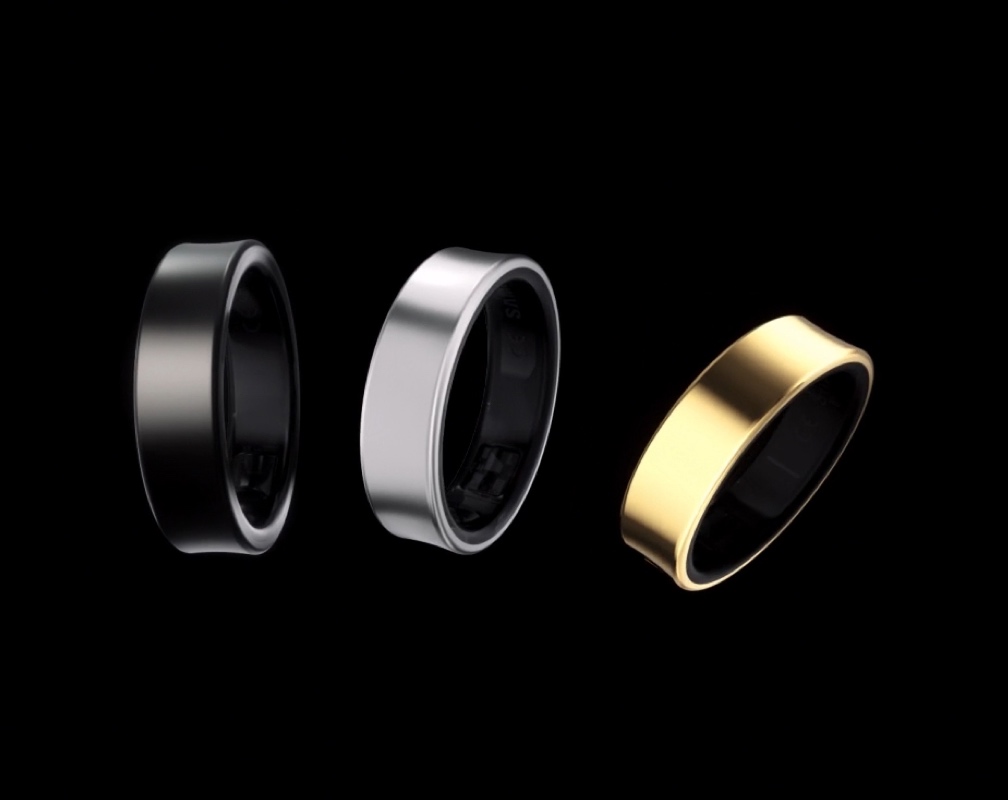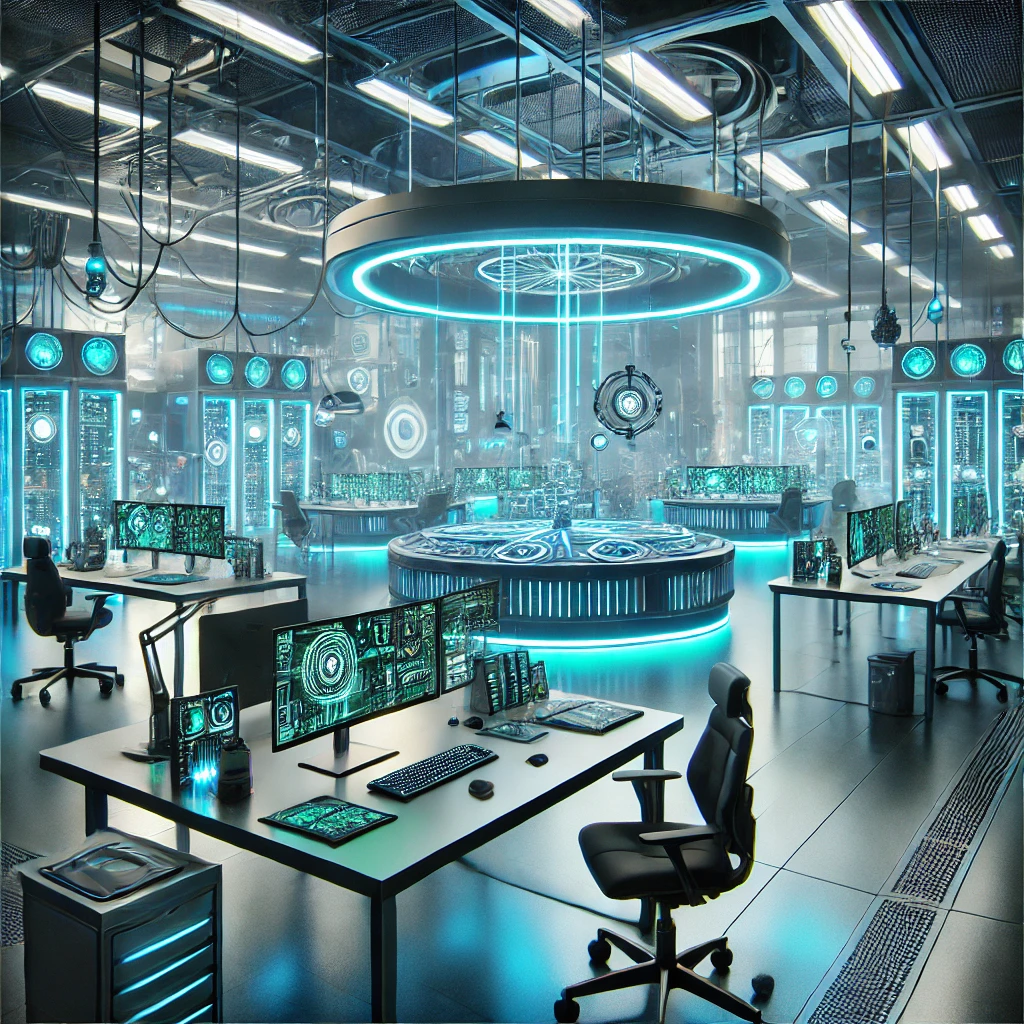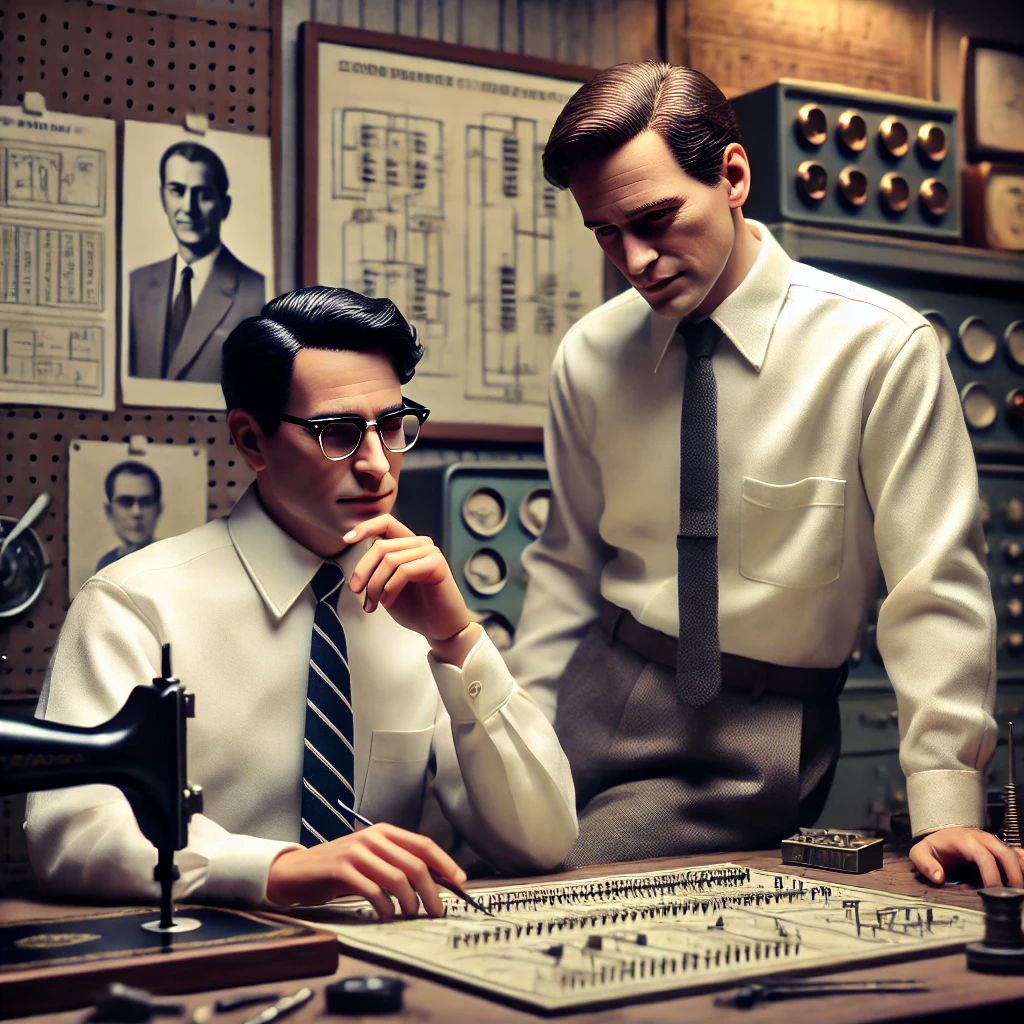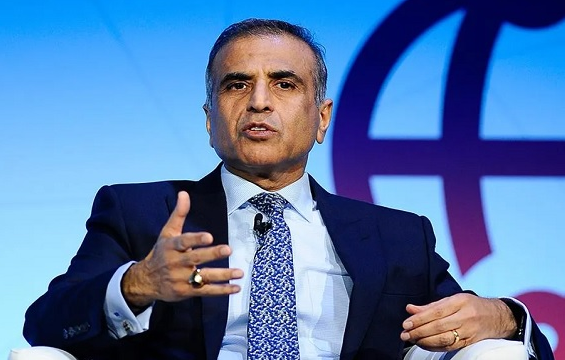How AI-powered humanoid robots are set to impact our lives
Humanoid robots were once a futuristic concept, but now AI-powered robots are utilized across all industries to assist us. These AI-powered humanoid robots combine artificial intelligence with robotics to mimic human-like characteristics. They are equipped with sensors, cameras, AI, and machine-learning technologies and can mimic a human’s expressions, interactions, and movements. These robots use AI to perform tasks faster and more accurately.
Humanoid robots are being used in various fields.
•Healthcare: AI-powered robots unequivocally accelerate surgical procedures, monitor patients, deliver precise diagnoses, and perform a wide range of surgeries, from minimally invasive procedures to open heart surgeries.
• Manufacturing: AI and robots have been utilized in the manufacturing industry for more than a decade. They are capable of performing tasks such as welding, packaging, and shipping. Additionally, they can assist with damage control and rapid maintenance. These robots can complete these tasks efficiently due to automation.
• Agriculture: The agriculture industry uses robots to improve process efficiency and increase crop yields. AI helps farmers understand weather conditions and advises them on fertilizers and water. However, the main application of AI in agriculture is to help farmers automate manual labour, thus improving efficiency and saving time.
• Nuclear waste management: Cleaning up nuclear waste has been a major drive for robotics development, automated robots designed for this purpose help in collecting radioactive wastes which would be dangerous to humans.
Impact on our lives
AI-powered humanoid robots are set to transform our lives by enhancing healthcare, improving customer service, and providing educational support. These robots can also be used to provide companionship to patients and elderly people and help them complete daily tasks to make their lives convenient.
The use of humanoid robots in the realm of customer service has become very prevalent, these robots are used to greet customers, provide information, and also help in making transactions. This helps the business work efficiently and reduces the number of workers required to operate.
These robots can also help us complete everyday chores, such as cooking and cleaning, making our lives easier. They can also enhance workforce productivity by working alongside humans in industries such as manufacturing and logistics. They are used to complete dangerous tasks like search and rescue missions and can help in supplying resources to hard-to-reach areas during disasters. These AI robots can also emulate and study the behaviours of humans, helping researchers in different fields.
Humanoid robots
Sophia: Created by Hanson Robotics, Sophia can interact with people and also hold conversations.
Ameca: Designed by Engineered Arts, Ameca naturally interacts with humans and detects emotions and age. Ameca can communicate common expressions like astonishment and surprise and gestures like yawning and shrugging.
Atlas: Created by Boston Dynamics, it was funded by the US Defence Advanced Research Project Agency (DARPA), it is used to assist humans in search and rescue missions.
AI-powered humanoid robots have the potential to transform our lives by enhancing companionship, improving healthcare, education, and many more. Their ability to assist in labour-intensive tasks and operate in dangerous environments is very useful. However, as these robots become more integrated into society, we need to be cautious about the ethical complications and the societal change that this will bring.









